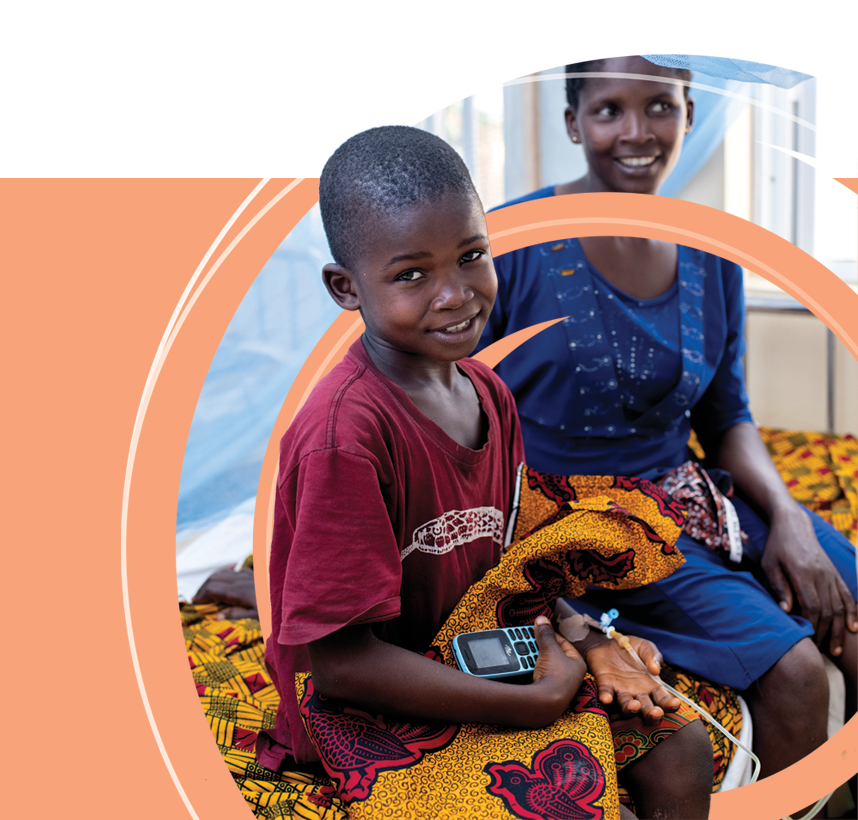

Programming for adolescent health and well-being starts with identifying priorities. This chapter explains why prioritization is necessary and describes the process of national prioritization and its steps. It provides examples of how this process is conducted so as to integrate considerations across all domains of well-being.
Governments have increasingly recognized that diverse and complex needs for adolescent health and well-being, as described in Chapters 1 and 2, require prioritization so that effective use of national resources is optimized. The national prioritization process consists of three steps: 1) needs assessment, 2) landscape analysis and 3) priority setting (see chart below). Time, human resource capacity and funding will often dictate the level and depth of these steps.
Mechanisms should be put in place to ensure that adolescents participate and are able to contribute meaningfully to each step.
Guided by the first edition of the AA-HA! guidance, many countries have applied these steps to achieve national consensus on priorities for adolescent health and well-being. As countries will now be developing a new generation of programmes that will better integrate considerations of well-being, it is important that needs are assessed, and the landscape analysis is conducted, across all domains of well-being.








